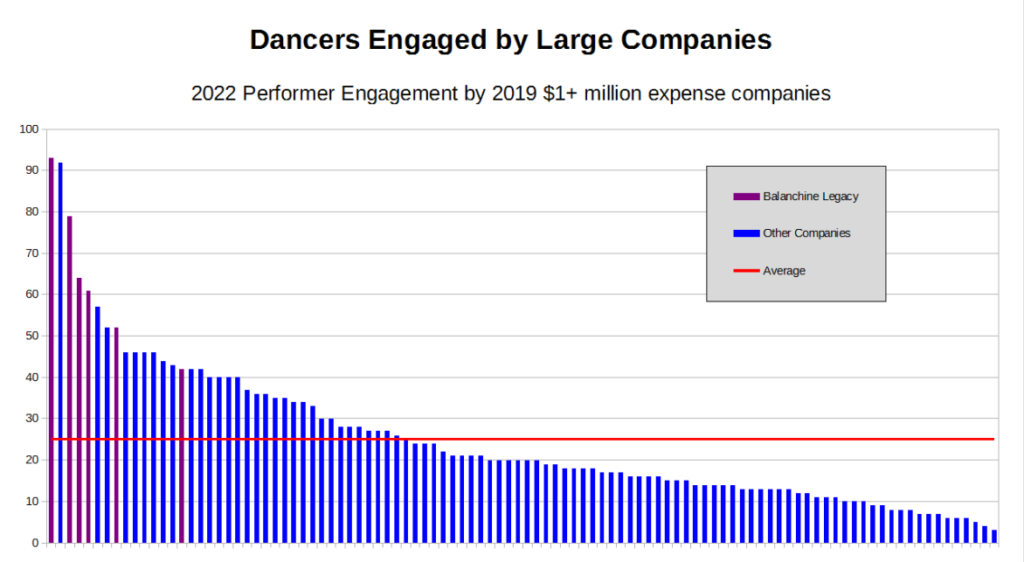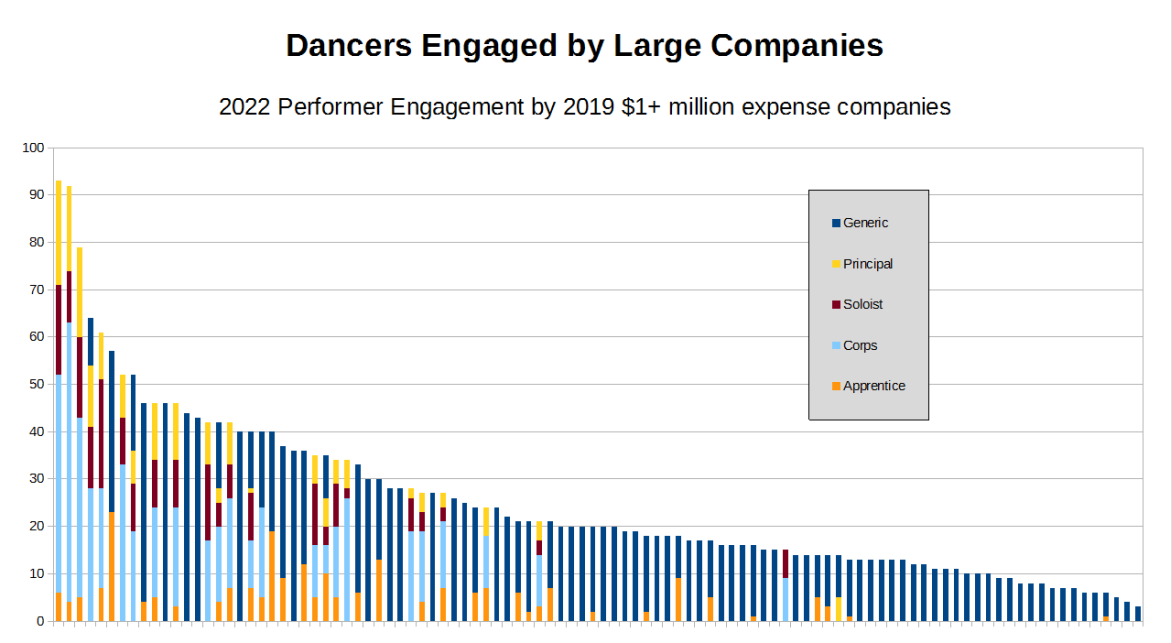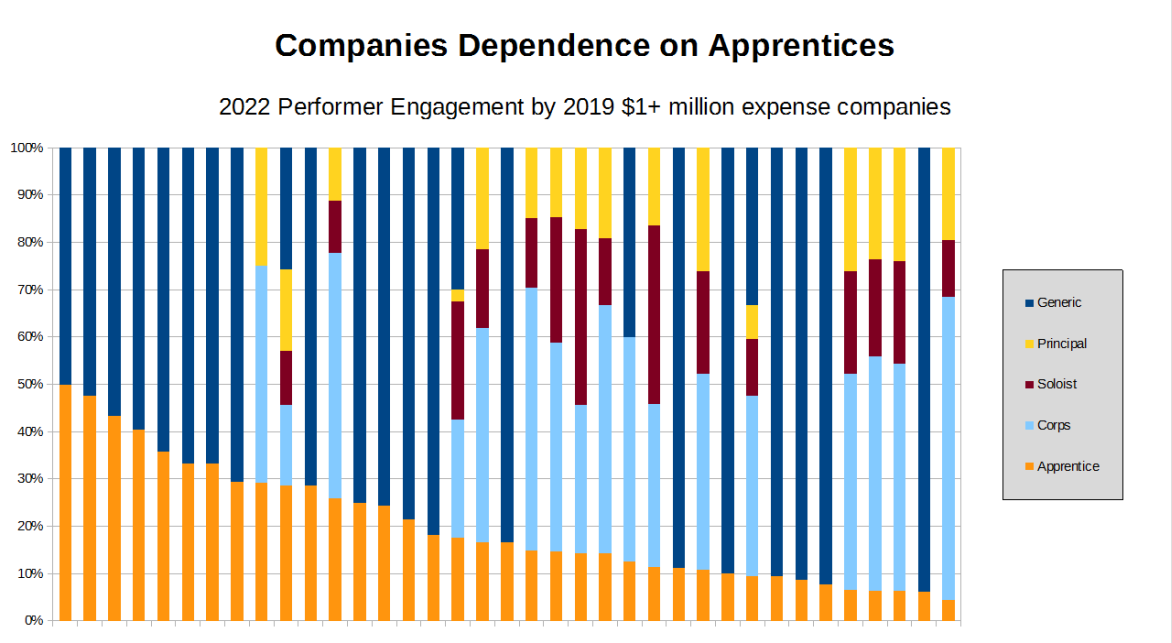It is often repeated that the best place to start is the beginning, but this will be a non-linear exploration. I’ll start with my personal revelation, and follow the threads from there. I’m going to leave a lot of really intense material just a half-thought away from the content here. The African Heritage Dancers and Drummers (AHDD) start in 1959, and those times (search for Melvin Deal on the 1966-1976 map), as today, are complicated.
On the passing of Baba Melvin Deal (Kwame Omobowale Ochunremi Alibi Agyei), obituaries make note of his legacy in Washington, DC, and his connections to Howard University, the Duke Ellington School of the Arts, and DanceAfrica Festival. They recognize his recent role as a Grand Marshal for the 2021 Martin Luther King Holiday Parade in Washington DC. These are real, true, and important, but represent only a tiny scratch in the surface of this man’s life. I don’t think it’s so important to recognize that he was a Grand Marshal for a parade – it’s much more important to understand why he was a Grand Marshal for a parade.
I offer at least one reason – Melvin Deal brought dance, and importantly, African dance, to tens (maybe hundreds) of thousands of kids.
This post will, I hope, go some distance toward that understanding. It is a tiny, tiny, thing, but I will attempt to gather here, not just words about Melvin Deal, but some context that hints just a bit more deeply at his amazing, half-century-long impact on dance, not just in and around Washington, DC, but deeply and seriously in Baltimore.
Melvin Deal came to my attention while I was digging through archives and libraries chasing the history of dance in and around Baltimore. My experience with Melvin Deal is entirely remote – a [literally] dusty, tedious, and distinctly un-dance-worthy desk experience. His company, the African Heritage Dancers and Drummers, appeared occasionally in Baltimore area news coverage, but only occasionally. In the hundreds of pages of notes gathered over years of reading, I found about a half-page worth of references to this company. Media coverage of dance is bad even in the best of times, and this is no exception. Even dance-focused DC coverage mentions this man and his company only once, and then only in the context of a personal year-in-retrospect and bringing “Melvin Deal and his African Heritage Drummers and Dancers to a Kennedy Center stage for the first time.” – which is incorrect. AHDD graced the Kennedy Center Terrace Theater stage under the auspices of the Washington Performing Arts Society in 1980, and that was a big deal. Even in 1980, George Jackson of the Washington Post opens his article with “The rarest of events took place last night — a home-grown company danced at Kennedy Center.”
Under-recognized and under-appreciated for a half century, I cannot pretend to do this story justice, but I will offer what I have gathered. There is only a tiny footprint in media and online (as of this writing, just 23 subscribers for their YouTube channel). I hope it is correct, but if you notice anything I get wrong, please do let me know. I tried, unsuccessfully, to reach Melvin Deal in late 2019. This is from the perspective of dance in and around Baltimore – the work I’ve done and notes gathered mostly for a different purpose. DC is a different world and outside the scope of my original efforts.
The Melvin Deal Dancers and Drummers
The earliest Baltimore news item I found came from the Afro-American (usually just The Afro), August 10, 1968. In less than a dozen paragraphs devoted to the first Black Arts Festival, under the auspices of the S.O.U.L. (Society Of United Liberators) School, the Melvin Deal Dancers and Drummers join Leroi Jones (later Amiri Baraka), and Frankie and the Spindels, among others for performances at Harlem Park Junior High School.
Like many dance companies, AHDD included the founder’s name in it’s name – it takes some level of ego to launch a dance company into the world, and with that usually comes some expectation of recognition. I don’t know why (this is someone else’s story to tell), but it only took a few years to drop Mevlin’s name from the company name (usually). Maybe the change recognizes something bigger than an individual, or a modest confidence. In any case, a new company name appears…
The New Thing African Heritage Dancers and Drummers
A year later, on June 21, 1969 the apparently recently-renamed New Thing Heritage Dancers and Drummers grace cover of the Afro-American with three photographs of dancers (Larry Richmond, Dennis Thompson, and Melvin Deal) under the banner headline “The New Thing Heritage Dancers.” Why “The New Thing” in the title? From The Afro, “they are an integral art of the cultural program at the New Thing Art and Architecture Center” (Founded in 1966 by Topper Carew).
Though the story is relatively light on text, it offers important details. “…formed four years ago by Howard University students,” “There are 30 young people in the company. They range in age from 9-25,” and “In their repertoire are 12 West African dances.” We also learn here that “the Baltimore community has recently been treated to several appearances of the group.”
… and that’s just about it. The Afro mentions the company a few other times, but generally as correspondence coverage from Washington, DC. The company name varies a bit from article to article – before settling in to “African Heritage Dancers and Drummers.”
African Heritage Dancers and Drummers
The company’s early performances in Baltimore go largely unnoticed in the news, with occasional mentions of festival (Baltimore Arts Festival in 1972, Preakness Festival in 1972, Odunde Festival in 1980, Artscape in 1983) and college (Harford Community College in 1971, Community College of Baltimore in 1973) performances. In 1979, the company engages at Baltimore Theatre Project for the first time. They also feature in a couple benefit events – for the African Heritage Center in 1977, and for themselves in 1982. By all appearances, this is a DC-based company that occasionally visits Baltimore – a footnote in Baltimore’s dance history at best.
Echoing that footnote status, Africa and the Americas: Culture, Politics, and History (2008) with more than 1500 pages spanning three volumes mentions Melvin Deal in a section on “Guinea Dance” – but just one sentence: “Melvin Deal’s African Heritage Dancers and Drummers is another example of a generation that has taught youth since the early 1960s.”
But the company is born in an era of deep social and political activity – and its members are deeply committed to their causes.
Not Just a Footnote
It is their 1982 Baltimore engagement at Dunbar Performing Arts Center (Dunbar High School) that opens a whole new perspective on Melvin Deal in Baltimore. The performance is a fundraiser for the company itself – an effort to fund the company’s move to “the Lansburg’s Art Center in Washington.” I believe this is in the 700 block of E Street Northwest (that particular project is a whole story unto itself). But the Baltimore Sun covers this, and brings two quotes from Melvin Deal…
They decided to present this benefit here, Mr. Deal says, because they consider the company “as much a Baltimore group as a D.C. group – half of the company lives in Baltimore.”
Then too, the African Heritage Dancers and Drummers have been performing in Baltimore under the auspices of the Cultural Enrichment Program since 1967. According to Mr. Deal, the group has given hundreds of concerts, dancing “in every school in Baltimore” – and often, he says, having to make up some of the costs out of their own pockets.
Deborah Papier, Baltimore Sun, March 26, 1982, page B6
This fundamentally changes everything.
Even if “every” school is an exaggeration… This company directly impacted thousands – more likely, tens of thousands – of children in Baltimore. Quietly, persistently, and with deep commitment, Melvin Deal brought [his version of…] African dance to Baltimore. More importantly, to Baltimore’s children.
One of the most revolutionary things Mr. Deal has done is to create a dance school where over 100 children and teenagers take classes for free (the 40 adult students pay for their lessons). Being unable to afford dance classes as a child himself, Mr. Deal resolved at that time to start an institution some day that would be open to any young person who wanted to dance.
Deborah Papier, Baltimore Sun, March 26, 1982, page B6
The African Heritage Dancers and Drummers website is long gone (it seems to have gone offline sometime during 2009). Before it disappeared, this was Melvin Deal’s Biography –
Melvin Deal
Founding Director, African Heritage Dancers & Drummers
The founding Executive Artistic Director of the African Heritage Dancers and Drummers is, Mr. Melvin Deal, a veteran artist of more than forty years. Mr. Deal, has worked tirelessly in researching African cultural manifestations to be used in the building of self-esteem and addressing the presence of violence, delinquency and dysfunctional lifestyles and abuse in African-American communities.
An accomplished dancer, musician, choreographer, researcher and director, Mr. Deal is a graduate of Howard University, with a BA degree in Fine Arts & Education. Mr. Deal has studied at Ghana University, University of Nigeria at Ibadan and at numerous cultural institutions nationally and abroad in the African Diaspora.
The recipient of many prestigious awards, among which includes: The Washington’s “Living Legends” Award, 1980, “Washingtonian of the Year, 1981”, “Mayor’s Arts Award, 1981”, “Baltimore’s Great Blacks In Wax Award”, 1995, “Philadelphia’s CODUND’ Award,” 1995 and many others.
Mr. Deal performs and teaches regularly in the African Heritage Dance Center and in many elementary & secondary school systems and conducts classes, seminars, master classes and lecture demonstrations for colleges, universities and special cultural input to motivational programs such as “Robins Research Institute,” National Association of Social Workers, National Association of Black Psychologist, Boys & Girl Scouts of America, Office of Criminal Justice and many others.
Mr. Deal is a consummate “performance artist,” focusing his revealing, magically colorful and insightful presentations on “AIDS” issues of, healing, prevention and revelation.
A community artist of uncommon perseverance, Mr. Deal remains true to his calling.
African Heritage Dancers and Drummers website, November, 2008. [Lightly edited for punctuation].
For more on Baba Melvin Deal (including some photos), a collection of notes and links, some of which may be paywalled, but all work as of this writing –
- African Heritage Dancers host anniversary concert [pdf], Staci Hill, The Hilltop, Volume 77, Number 11, November 12, 1993, page A6
- Architect students give report on African project [pdf], Estreida Y. Epps, The Hilltop, Volume 53, Number 24, May 7, 1971, page 3
- African Heritage teaches [pdf], Beverly Lanier, The Hilltop, Volume 53, Number 12, December 18, 1970, page 5
- African pep in Cramton [pdf], Ernestine [sic] Stripling, The Hilltop, Volume 53, Number 5, October 30, 1970, page 5
- Deal troupe will perform next Friday [pdf], The Hilltop, Volume 51, Number 16, Feburary 28, 1969, page 9
- Awareness in Dancing [pdf], Earnestine [sic] Stripling, The Hilltop, Volume 50, Number 17, February 23, 1968, page 8
- The Lion Speaks [Issuu-hosted], Ngoma Reader, March/April 2014, page 12
- The Oral History of DanceAfrica, D.C., recorded on May 18, 2018, and transcribed
- The International Association of Blacks in Dance biography (as a fiscally-sponsored project)
- July 2020 Podcast [Spotify – The 202 Studio]
- August 2014 Podcast [MyNDTALK with Pamela Brewer]
- 2019 Performance [YouTube – Kennedy Center National Dance Day, September 21, 2019)
- 2013 Performance/Interview [YouTube – East of the River Arts]
- 2018 Interview [YouTube – Rock Newman Show]
- 2017 Melvin Deal discusses the Washington Performing Arts Society, part of the WPA 50 years/50 stories series
- Interview [Mixcloud – Kymone Tecumseh Freeman]
- 2013 Interview [YouTube – Kevin McIntosh]
- 2011 Interview [Smithsonian Anacostia Community Museum – you’ll have to visit]
- The Sound of the Drums [Ekene Okobi, Film short, 2007, IMDB listing]
- 2010 Dancing Griot: Life and Legacy of Melvin Deal documentary by Beverly Lindsay-Johnson [DC Digital Museum]
- D.C.’s King Day Parade to feature 2 gay grand marshals, Lou Chibbaro, Jr., Washington Blade, January 5, 2021
- Black Power statt weisser Weihnacht, Der Spiegel, December 26, 2018 [in German]
- At DanceAfrica festival, local troupes honor their elders, Pamela Squires, Washington Post, June 3, 2012
- Melvin Deal’s Message and More, Sarah Kaufman, Washington Post, November 26, 1992
- For 30 years, Teaching a Dance of Self-Esteem, Jenice Armstrong, Washington Post, November 16, 1989
- A Dancer’s Homage, Washington Post, January 19, 1977
- Spirit of African Dance, Pamela Sommers, Washington Post, November 25, 1985
- African Heritage Dancers and Drummers featured at the New Thing’s weekly concert series, Marya McQuirter, DC1968 Project
- Biography at Black Dance Festival DMV (Ngoma Center for Dance)
- Witnesses to a Possibility: The Black Theater Movement in Washington, D. C., 1968-1976 [paywall], Tequiena Boston and Vera J. Katz, Black American Literature Forum, Vol. 17, No. 1, Black Theatre Issue (Spring, 1983), pages 22-26. “While his contemporaries were reclothing African modes in new forms, Melvin Deal was authenticating the heritage, ceremonies, and modes, and he reproduced them in detail.”
- Overcoming Cultural Racism: Profile of a Black Community Arts Center [paywall], Music Educators Journal Volume 58, Number 3 (November 1971), pages 42-45. “Culture is interpreted in this country as being something for the classes and not for the masses.”
- DanceAfrica 1984 Program, Brooklyn Academy of Music (see page 2)
- Coming Up Taller. Arts and Humanities Programs for Children and Youth at Risk. [pdf] Judith Weitz, 1996, page 43. “We’ve come to realize we need to make a whole person before we can make an artist”
- Lingering lights from America’s black Broadway: Negro Renaissance to the Black Arts Movement, African-American concert -theatrical dance in Washington, D.C. [dissertation], Tamara Lizette Brown, May 2004. “… I’ve continued to do what I do: not because I know that there is going to be an earthly award, but because I know that there will be a heavily reward.”
- Obituary, D. Kevin McNeir, The Washington Informer, September 22, 2021
- Deal-Davis DanceAfrica DC Commission Project (started in 2019)
The drum is the centerpiece that connects the spiritual world and physical world that allows the voice of God to speak to the people
Baba Melvin Deal, MLK Holiday DC



